Where to have a drink in the evening in Périgueux: the best addresses!
Where to have a drink in the evening in Périgueux: the best addresses!
55 m - Périgueux
Party Time
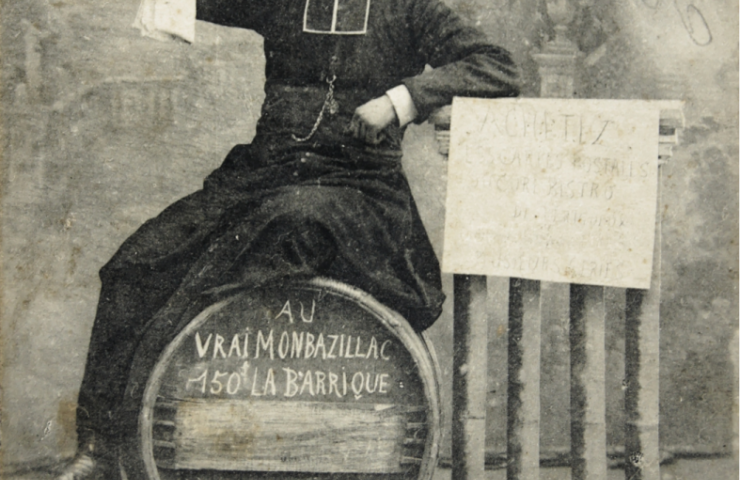
Are you fond of anecdotes? Follow an unusual experience by discovering all the little secrets of Périgueux and the ...
Périgueux
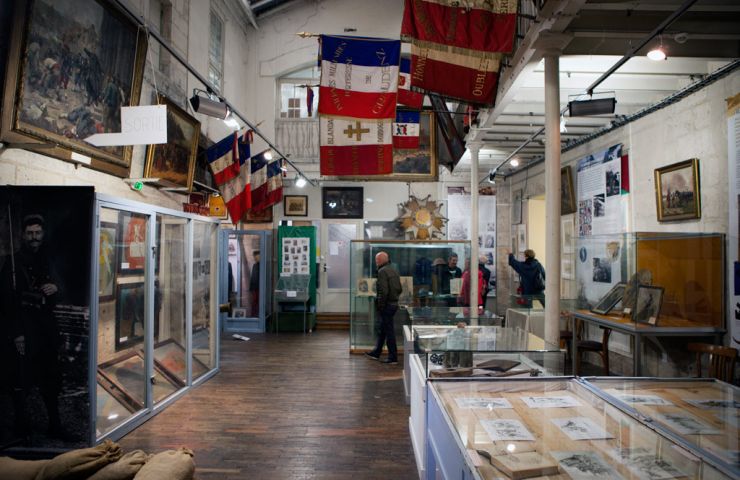
Museum bringing together military souvenirs brought back by the people of Périgord during their campaigns, whether ...
146 m - Périgueux
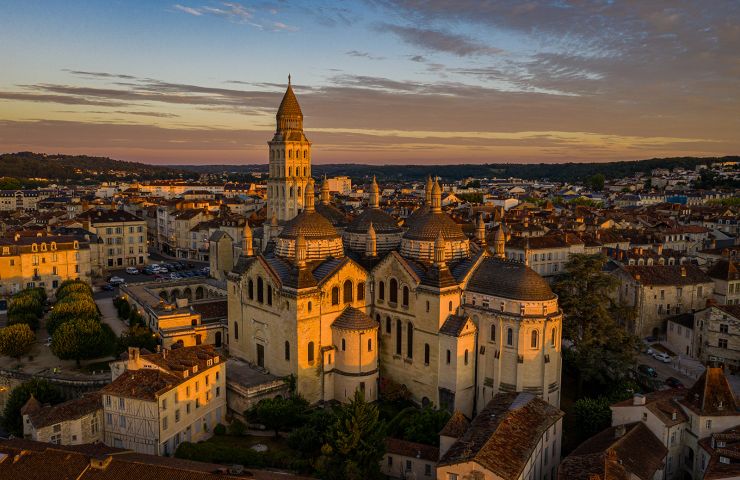
World Heritage Site (1998) as a major stop on the Way of Saint James (Vézelay route). Unique for its eastern plan ...
174 m - Périgueux
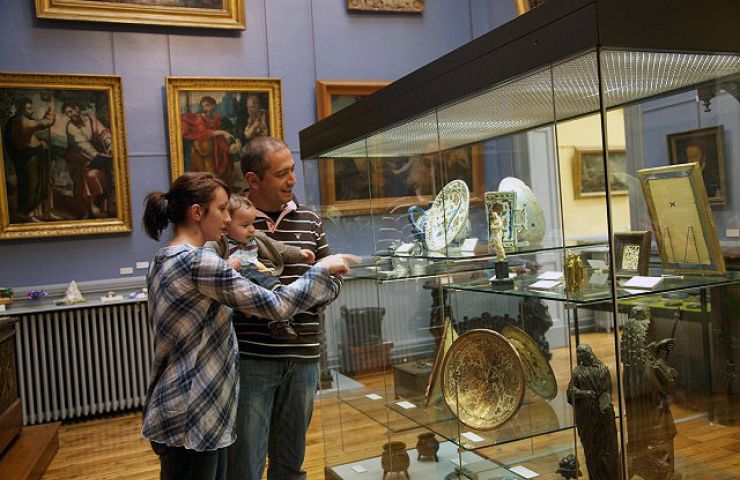
Enter a grand 19th-century institution, full of charm with its high, colorful walls and creaking parquet floors. You ...
231 m - Périgueux
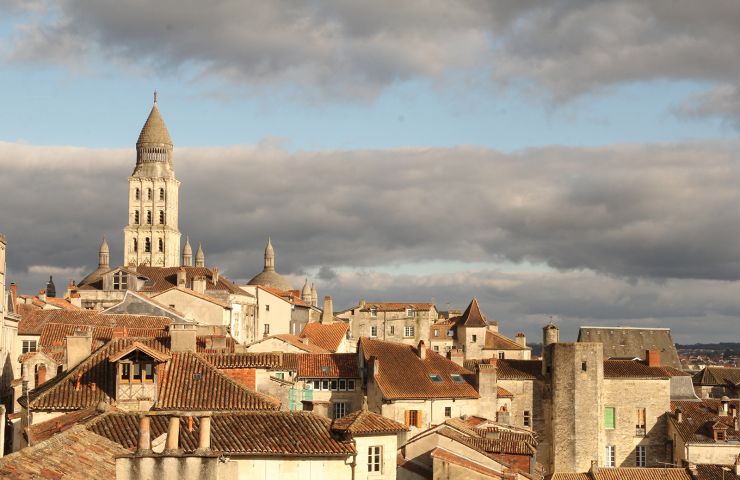
The last fortification of the medieval enclosure of the town of Puy Saint-Front, made up of twenty-eight towers and ...
245 m - Périgueux


Périgueux
9bis Place du Coderc
24000 Périgueux
45° 11'4.24"N, 0° 43'15.53"E

55 m - Périgueux
Party Time

55 m - Périgueux
Rest and relaxation

55 m - Périgueux
Family Time
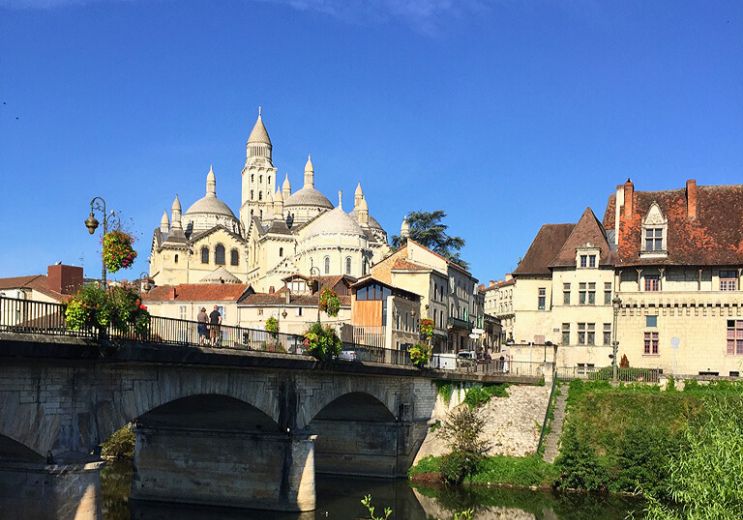
55 m - Périgueux
Culture and Heritage
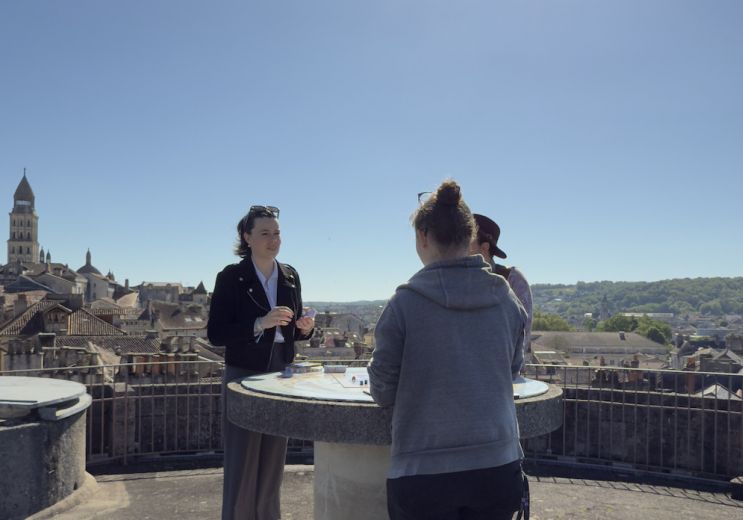
55 m - Périgueux
Family Time
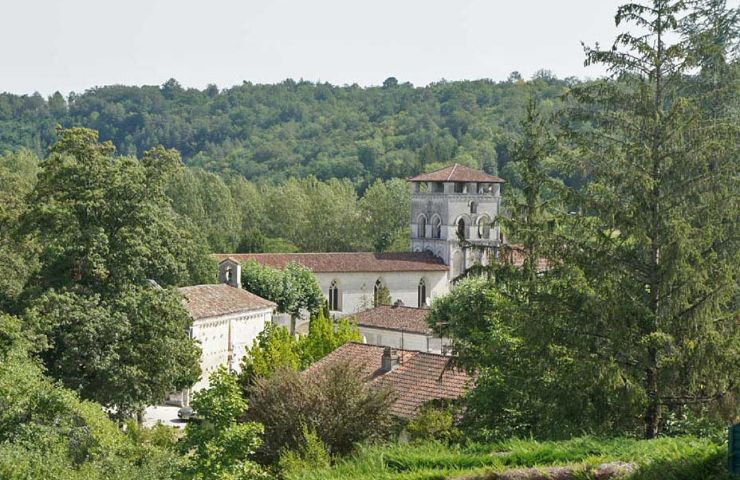
Chancelade is a commune in Périgord which is full of history and charm. Chancelade's assets The Man of Chancelade ...
5,0 km - Chancelade
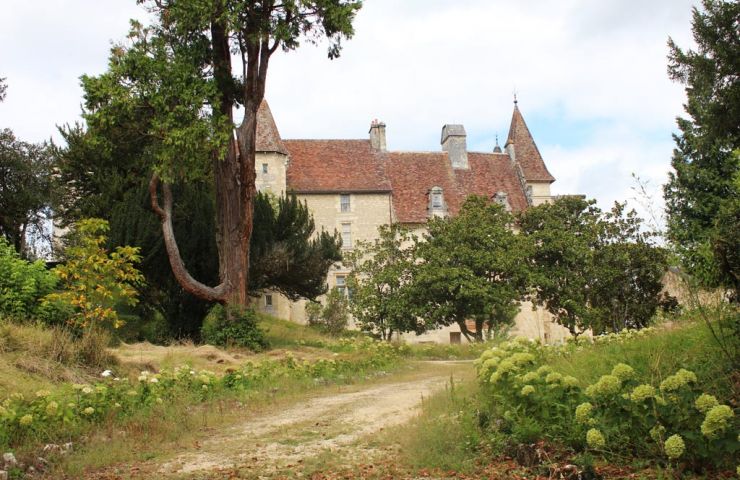
Not far from Périgueux, the town of Château-l'Évêque is home to many treasures. The Château-l'Évêque castle: ...
7,7 km - Château l'Evêque
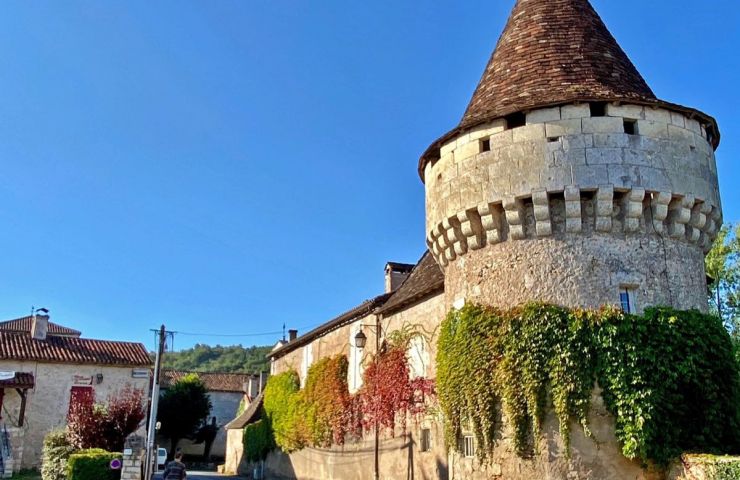
Le Change is a pretty little village, part of the commune of Bassillac et Auberoche, just a few minutes from ...
13,6 km - Le Change
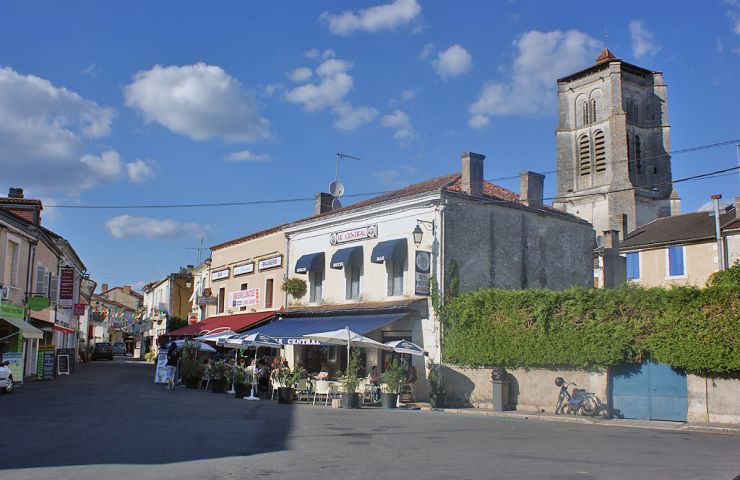
In the heart of the Isle valley, in Dordogne, Saint-Astier offers a rich historical and cultural heritage. A bit of ...
15,6 km - Saint Astier